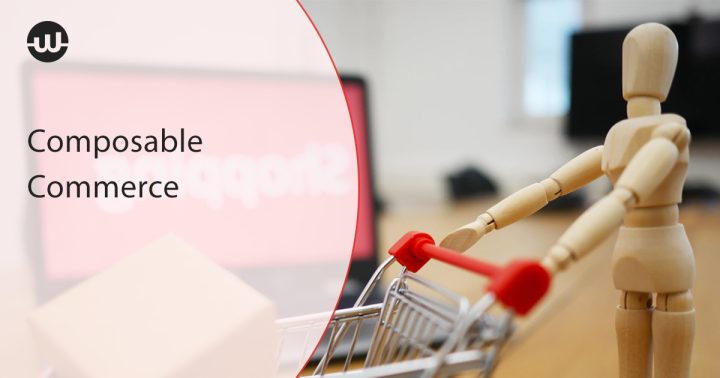Modern headless, microservices-based technology is being used by businesses that want to be fast, innovative, flexible, and scalable to power their e-commerce. These MACH-architected digital shopping platforms focus on modular, best-of-breed architecture so that business leaders can use them in a more flexible way.
So, what does “composable commerce” mean? How do companies use this method to their advantage these days?
Why Composable Commerce is good for big business
Your customers, products, and business are all one of a kind. You wouldn’t be as successful as you are if they weren’t there. With a composable commerce solution, you can put together custom digital experiences based on research and customer needs.
- Each part of your composable commerce system—your shopping cart technology, your customer relationship management, and your analytics—can be used and switched out on its own.
- You can easily connect all of your apps without being locked into one vendor. Your open, modular system is made just for you.
- Make shopping experiences that are unique and fit the needs of your customers. Your online store will grow with your business and customers as they do.
- Focused on business. Quickly adapt to changing business needs. Customizable systems allow for more activities to happen with less trouble, leading to fewer unwanted outcomes, lower costs, and more new ideas.
The Evolution of Composable Commerce
Large and medium-sized companies used to build their online stores on a monolith architecture until recently. All the important parts of the platform are locked together by this monolith framework.
A frontend interface lets customers do things, and the backend controls everything that happens behind the scenes.
Composable commerce companies is the most recent step away from the traditional “all-in-one” piece of software. Monolithic platforms can have a lot of features and functions, but they are not flexible. Instead of helping businesses come up with new ideas, they tend to slow them down.
Why monoliths can make it hard for your business
When you play Jenga with a monolithic system, one wrong move can change the whole game. It might look like an easier way to use an all-in-one platform. But a lot of people find that working in a monolith gets harder as they get bigger.
Front-end and back-end systems in monoliths are very closely connected. As a business fails, customizations get harder, which makes the business less flexible.
The growing popularity of headless commerce
Composable commerce gives you the building blocks you need to make your own complete e-commerce solution. Headless commerce has become more popular at the same time as composable commerce.
Headless commerce means separating the frontend presentation layer from the backend e-commerce engine. This means that the frontend and backend systems are seen as separate building blocks.
A digital experience platform, a Progressive Web App, or even an Internet of Things (IoT) device can be linked to your headless eCommerce portal. You can make changes to the front end of your site without affecting important back-end functions like checkout and payment security.
It is faster, easier to scale, and more flexible to use headless commerce. A single back-end takes care of core systems, while multiple front-ends improve reach, user experience, and flexibility.
Separate your systems with MACH architecture
The platform and service-oriented architecture are not connected at all in a true microservices’ architecture; they are only connected at the heads in headless. Microservices let companies combine the best parts of different services to make them work better for their company.
A group of developers got together in 2020 to make the MACH Alliance, which supports open technology ecosystems and helps businesses find their way in the modern tech world.
Their community’s view on creating these open spaces is made up of four main parts:
- Microservices: These are the building blocks. A microservices’ architecture lets you meet the needs of each business in a decentralized and decoupled way.
- API-first: An approach that puts APIs first is what makes an integrated, best-of-breed solution possible. Because of this, you can build a tech stack that fits your business needs perfectly, without having to rely on standard, pre-built plugins.
- Cloud: Architecture that is built for the cloud can automatically grow or shrink based on your needs. It also guarantees speed, performance, and security, so your customers can have quick, reliable experiences.
- Headless: Headless architecture separates the presentation layer from back-end management. This lets you offer a lot of customer touchpoints and make sure that the cross-channel customer experience is smooth.
Conclusion
In the middle of 2020, Gartner released a report that gave more details about how it saw this modularized approach. They called it “composable commerce.” Their point of view is very similar to the microservices approach. The only difference is that they focus on packaged business capabilities (PBCs) instead of microservices.
An important research and advisory firm called Gartner says that composable commerce will become more important in the enterprise software space, with eCommerce being at the forefront.
